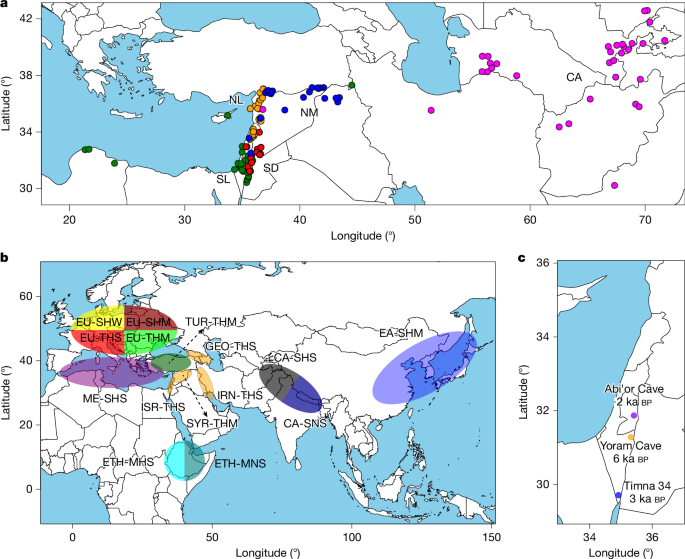When time lost to shortened days begins to add up, timekeepers add an extra second to the running clock, bringing astronomical time back in sync with the atomic time it had lagged behind. This is called a leap second, and it’s been implemented about every year and a half since 1972—most people don’t notice that either.
Will a faster-spinning Earth affect technology or timekeeping?
Slight changes to Earth’s rotation didn’t matter much until atomic timekeeping arrived in 1955. Atomic time is constant, so Earth’s varying spin creates a gap between astronomical and atomic time.
To let astronomical time catch up, leap seconds have been added 27 times since 1972. Now that Earth is speeding up timekeepers may implement a first-ever negative leap second by 2029 to slow astronomical time.
Leap seconds have plagued computers, GPS, and telecommunications, most notably in 2012 when Linux and other systems hiccuped at the adjustment. An unprecedented negative leap second could prove more problematic since software systems may assume that time always moves in the same direction. “It could have a devastating effect on the software relying on timers or schedulers,” Meta engineers warn.
How climate change impacts Earth’s rotation
Studies suggest that factors like melting ice, rising seas, and depleted groundwater are changing Earth’s mass and slowing its spin. This slows its rotation in the same way an ice skater lowers her arms from overhead to stall her spin.

